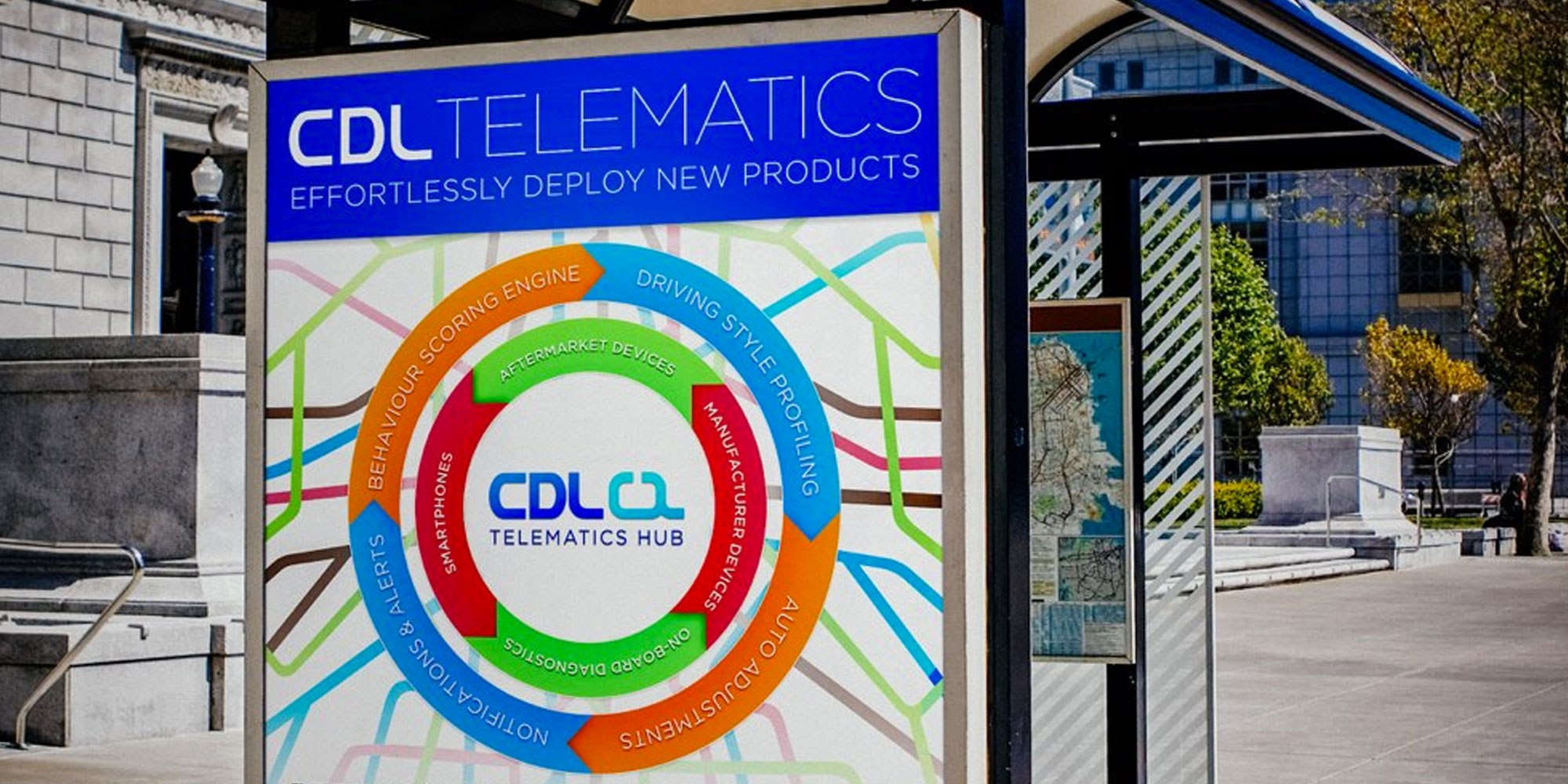
telematics
A fairer, more reliable future?
27th November 2015
As technology evolves, telematics features more and more in our everyday lives. Defined as the use of wireless devices to transmit data, you don't have to drive a vehicle fitted with a black box to own a telematics device. From wearables to smartphones, our devices are constantly gathering data on us which becomes instrumental in how we conduct our lives and business. But are we right to rely on this data?Crime-busting technology
Telematics data is extremely accurate, and is one of the insurance sector's strongest weapons in combatting fraud and vehicle crime. The justice system has taken advantage of telematics technology with good reason; data submitted by black boxes has helped solve court cases from hit-and-run to attempted murder. If a car is stolen, telematics can provide journey and location information; black box GPS data is usually accurate to around 10-20 metres.
If a car is stolen, telematics can provide journey and location information; black box GPS data is usually accurate to around 10-20 metres.
Accident and recovery
Vehicle black boxes are not only used to collect information on individual driving habits, but also on time of day, road type, and airbag deployment. This data is vital to insurers and authorities when an accident occurs. Insurers are alerted to incidents as and when they occur, and comprehensive data from before and after the event is transmitted from the black box to the retailer. Earlier this year, RAC reported that its telematics crash-detection data is over 90% accurate.
Earlier this year, RAC reported that its telematics crash-detection data is over 90% accurate.
Crash-detection technology is integral to the introduction of an EU-wide emergency alert system, eCall. The system is set to be installed in all new cars and light vehicles from 31 March 2018. Using technology similar to telematics, eCall will track vehicle type, fuel used and time and location of accident, and will alert local emergency services when an accident occurs. Its introduction is likely to heighten public awareness of the benefits of black box devices, bringing telematics technology further into the mainstream.
Safer driving
Telematics insurance also incentivises better driving by offering lower premiums, with up to 70% reductions for younger drivers.
Telematics insurance also incentivises better driving by offering lower premiums, with up to 70% reductions for younger drivers.
The technology also encourages safer, more self-aware driving habits, which in turn leads to fewer road accidents. Customers are alerted to dangerous driving styles that may threaten their premium, such as harsh braking or acceleration. The driver can access their black box's data via desktop or mobile devices, which enables them to understand how they can improve their driving habits. Following the VW emissions scandal, there is pressure on all industries to maintain the integrity of their data. So far, telematics has a pretty good record of providing accurate, targetted data and delivering measurable benefits to consumers and insurers alike. As telematics becomes increasingly mainstream, the true challenge will be to maintain its lauded reputation.
© 2024 Cheshire Datasystems Limited
Top Employer

